15 dishes of Uzbek cuisine, from which you can choke on saliva
Categories: Asia | Food and Drinks
By Pictolic https://pictolic.com/article/15-dishes-of-uzbek-cuisine-from-which-you-can-choke-on-saliva.htmlSpicy, rich, hot and hearty dishes of Uzbek cuisine are food that many have been familiar with since childhood. It is unlikely that many will name more than two or three dishes, and it will most likely be pilaf, manti or lagman, but Uzbek cuisine is rich and diverse. Most importantly, the dishes are prepared from natural products, there are no complicated ingredients here, but it tastes amazing.
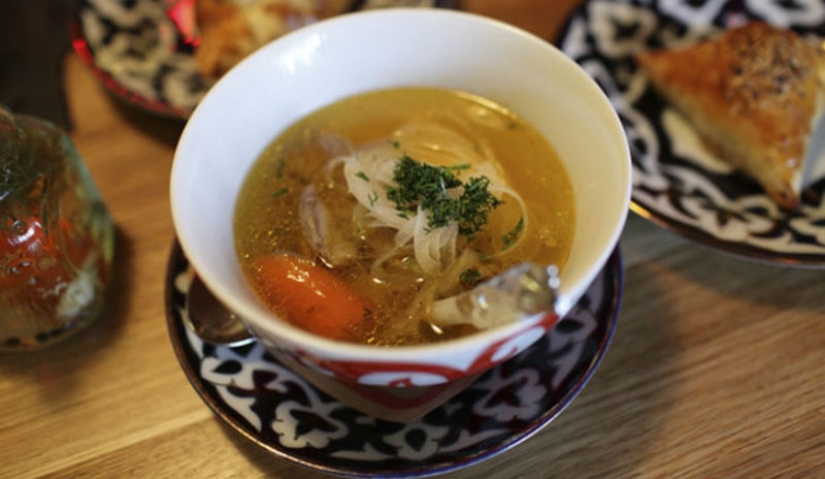
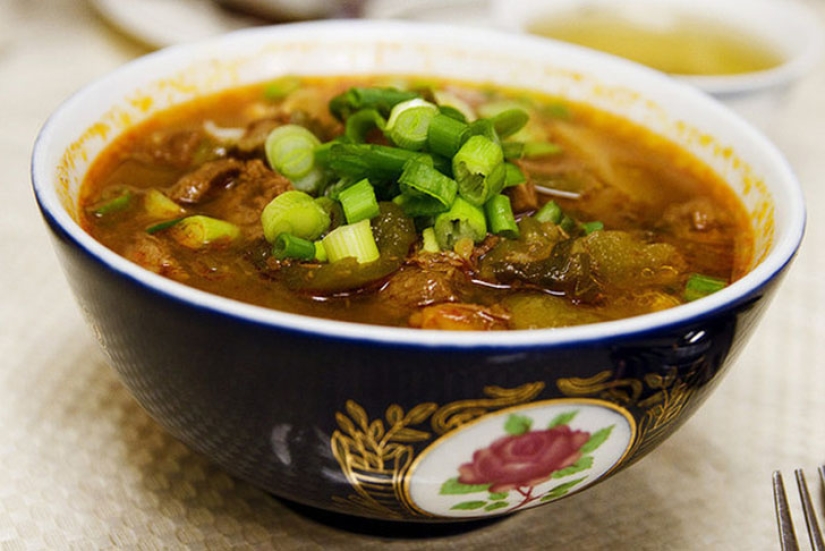
Lagman is an Uzbek soup with homemade noodles, a kind of Central Asian version of ramen with a very spicy and fatty lamb broth and a lot of vegetables and meat. Depending on the recipe, there is a more liquid or thicker lagman.
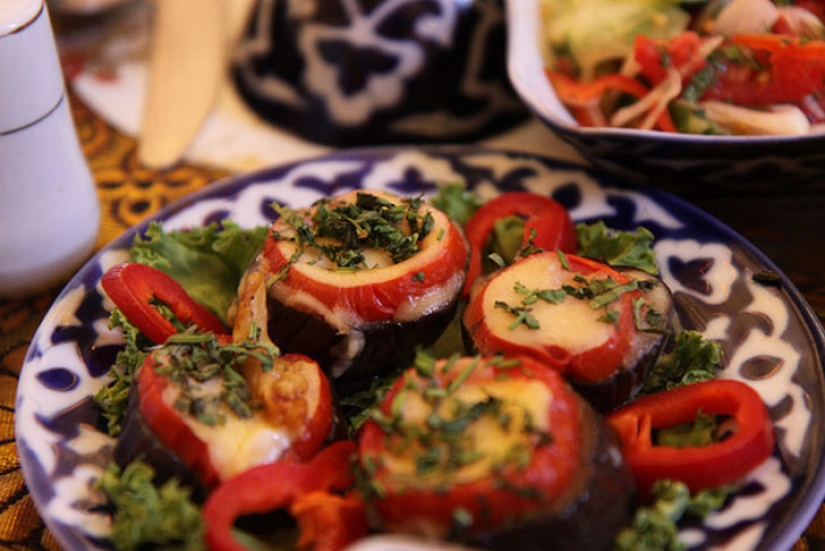
Eggplant snack "Badamjan" is baked or fried eggplant with pieces of bell pepper and radish, sprinkled with finely chopped herbs and sprinkled with oil.
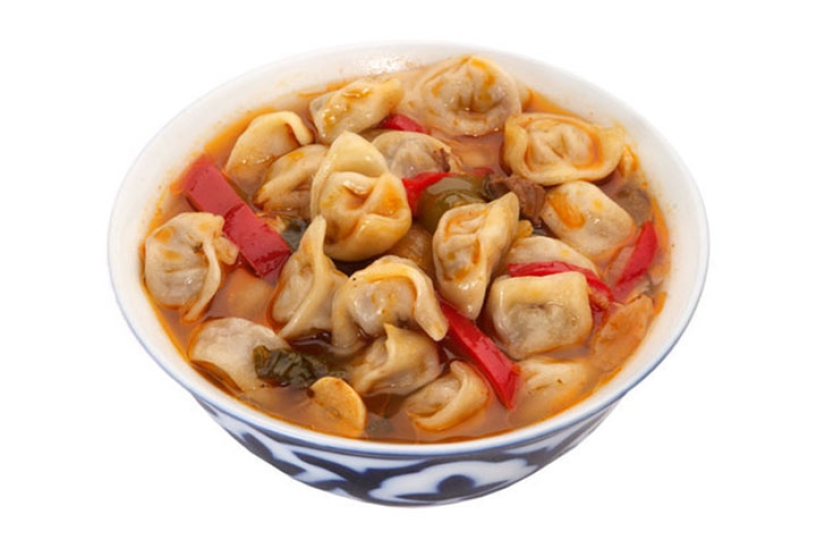
Chuchvara is a soup with small dumplings, which is usually served with souzma (sour cream—type dairy product) and contains black pepper, onion, tomato paste and bell pepper.
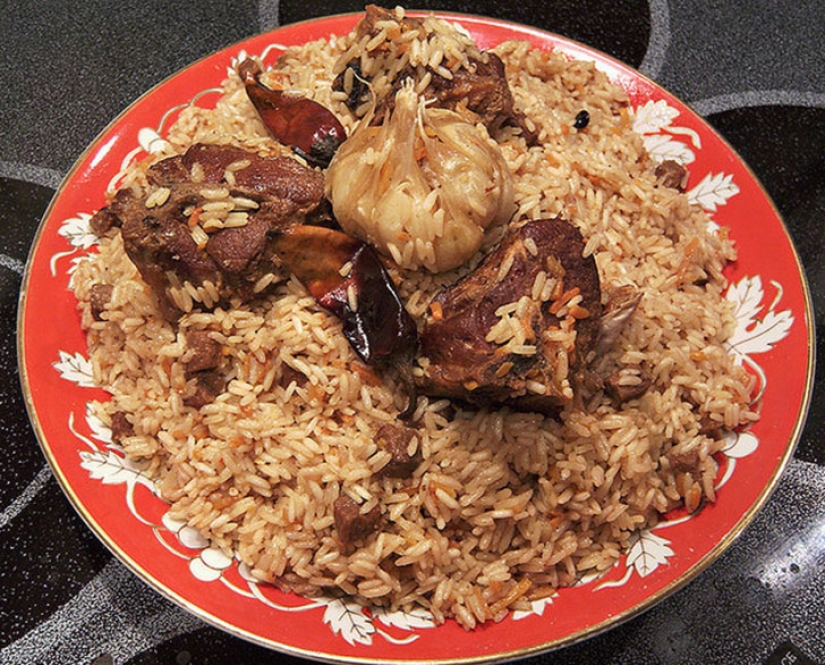
Pilaf is a delicious combination of rice, pieces of beef, veal or lamb, carrots, onions and a special set of spices. It is easy to cook it in large quantities in a cauldron, so this dish is often the basis of a festive table.
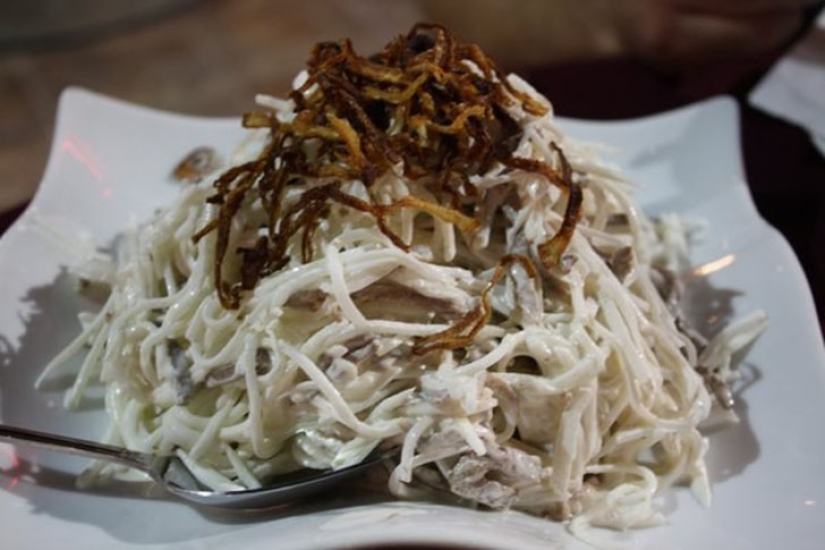
Tashkent salad is a signature metropolitan salad made from boiled beef tongue, radish and herbs, seasoned with sour cream sauce and garnished with fried onions.

Manty is a dish of meat and dough that is steamed. Beef, lamb or veal is used as a filling, although there is an option with pumpkin. The filling must be chopped into pieces, otherwise all the juice will leak out. Onions and spices are also put inside. If desired, a little fat is sometimes added for flavor. Manta rays are eaten with kaymak (not to be confused with cottage cheese, which is sold in stores), but in It does not occur in Russia, so it is better to eat with sour cream, not forgetting to sprinkle with fresh herbs.

Samsa — triangular pies made of homemade puff pastry stuffed with meat or pumpkin, onion, lamb fat and spices. As in manta rays, the filling is cut into cubes. Samsa is baked in a clay tandoor oven, but you can also cook it in the oven at home. When the samsa is ready, it is smeared with egg yolk and sprinkled with black sesame seeds.
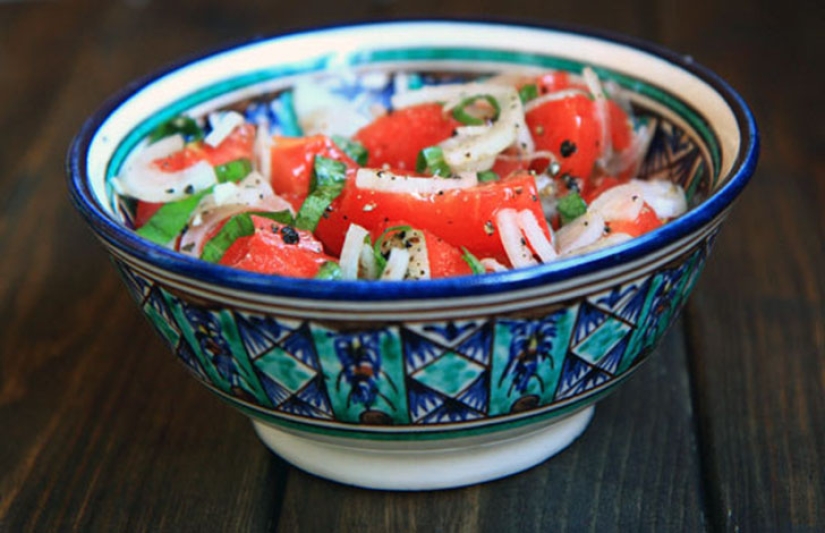
Salad "Achik-chuchuk", also known as "Achichuk", is fresh tomatoes, onions, garlic and herbs. This dish is perfect for vegetarians and fasting.
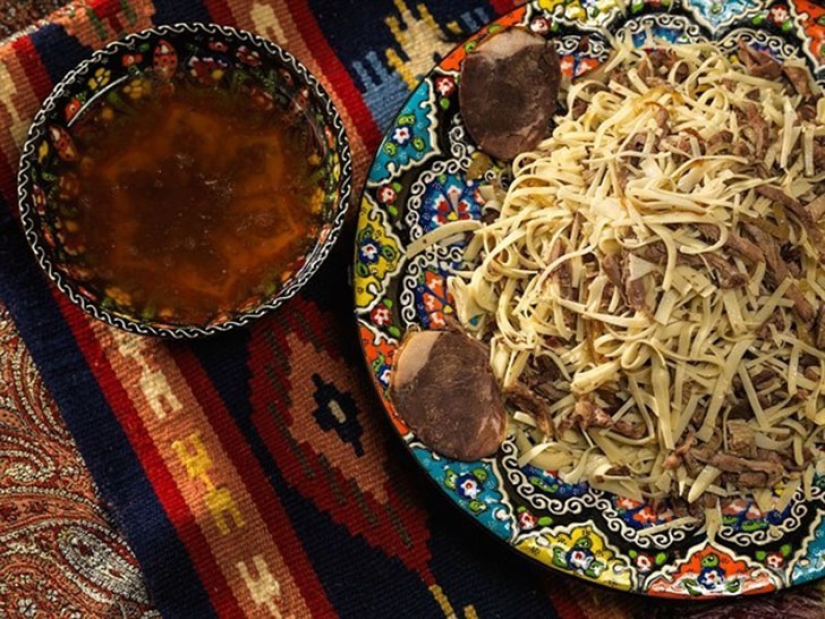
Naryn is a national dish of Uzbek cuisine made of homemade noodles and boiled meat, which is served with broth. Usually naryn is prepared from mutton, horse meat or kaza (boiled sausage from horse meat) and sometimes from veal or beef. The main secret of this dish is that before cooking meat, it should be covered with salt and dried for a day. This is done for the transparency and saturation of the broth. Onions are added to meat and noodles. In the original recipe, they take ordinary fresh onions, cut them, grind them with their hands and add them to the dish. You can also fry the onion, and grease the dough for noodles with the remaining oil.
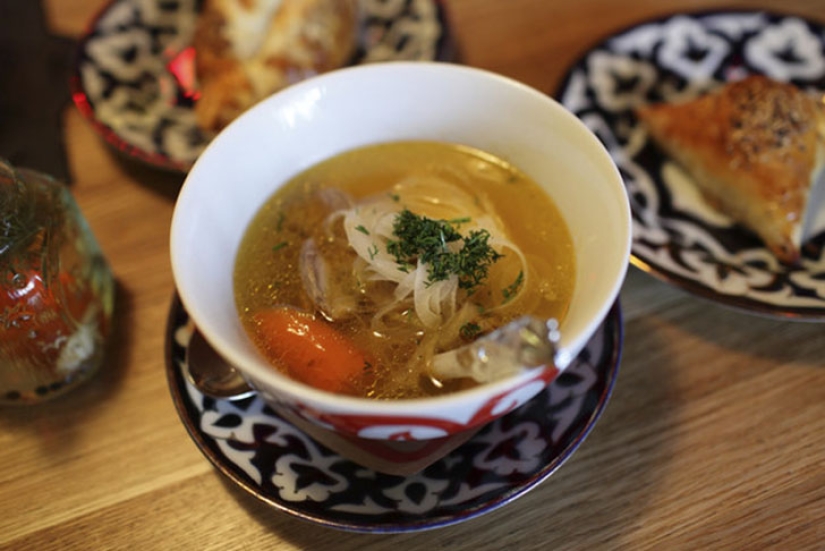
Shurpa is a rich and fatty soup of lamb and vegetables. The most famous varieties are kaitnam, where the meat is put fresh, and kovurma, where the meat is first fried in oil.
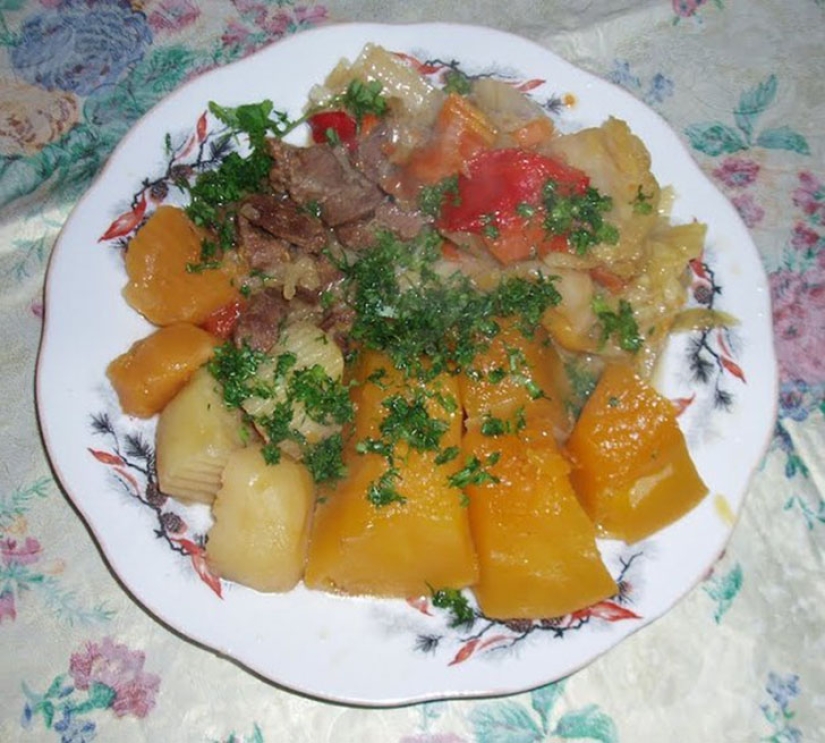
Dimlama is an Uzbek version of roast meat, which uses beef, lamb, various vegetables, including potatoes, carrots, tomatoes, onions, cabbage, as well as fresh herbs and — necessarily — spices.
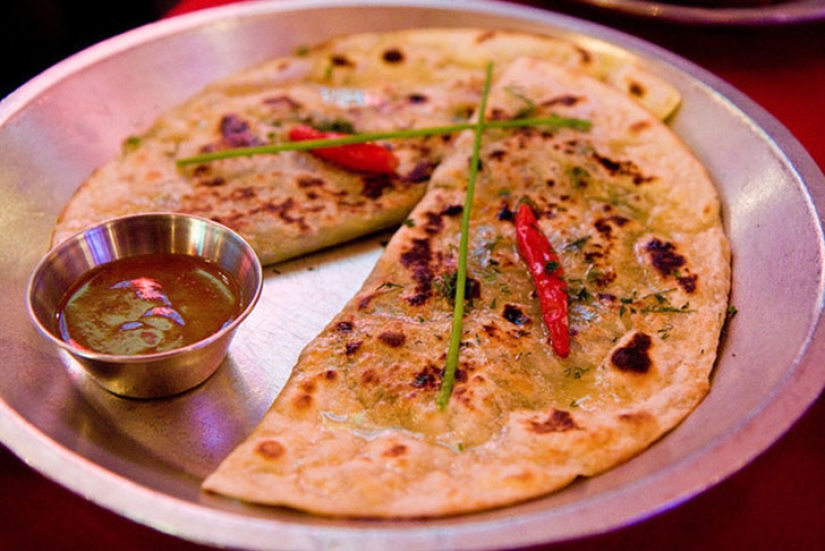
Kutabs are fried flat pies made of the thinnest dough with a filling of meat, greens, tomatoes, cheese — individually or together.
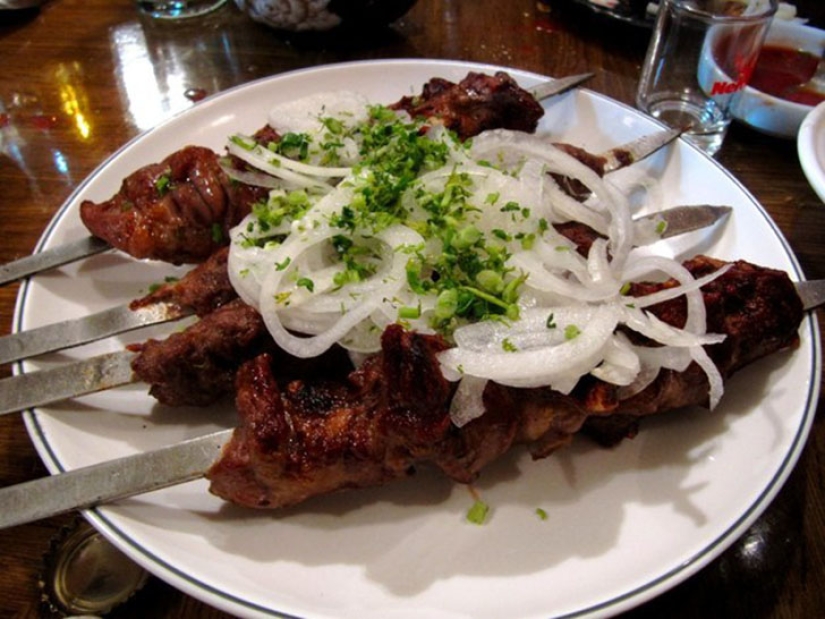
Kabob (shish kebab) — beef, lamb or veal, strung in small pieces on skewers and cooked over an open fire. As a rule, the meat is pre-marinated. Pieces of mutton alternate with pieces of fat, which is browned on fire and acquires a delicate taste, and when served, all this splendor is sprinkled with fresh finely chopped onions and herbs and sprinkled with table vinegar. As a sauce, spicy tomato or adjika is suitable.
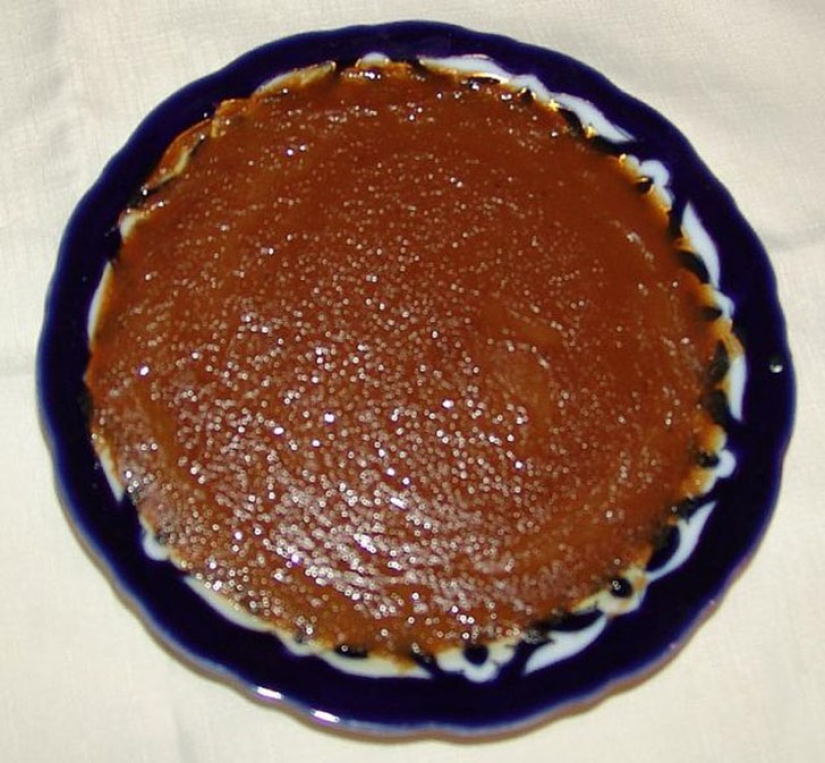
Halvaytar is the liquid embodiment of halva. Flour is added to the boiled fat or butter, stirred, then sugar is added, and nuts and vanilla are added only at the end of cooking.
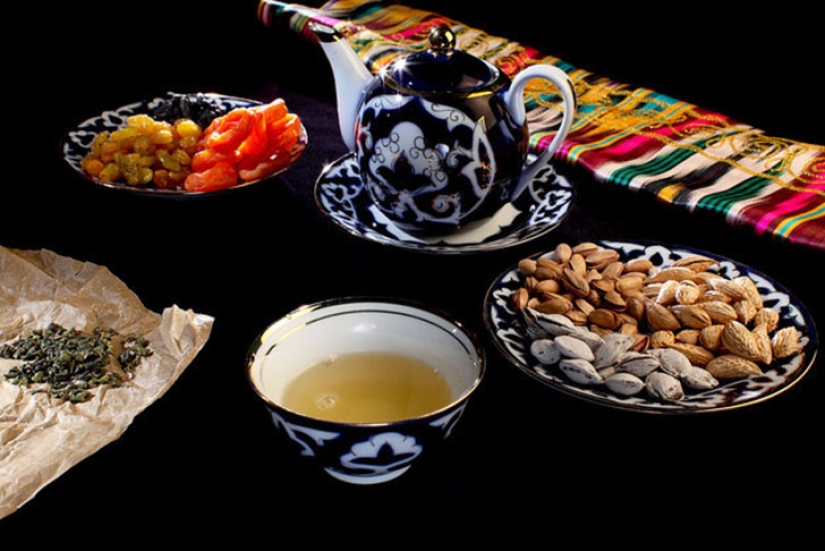
Tea with sweets is an Uzbek tradition. There are a lot of tea-making options in Uzbekistan alone, and this drink is certainly served with nuts, dried fruits and other natural and healthy delicacies. By the way, Uzbeks never pour a full bowl to guests, showing that they are very happy and want the guest to sit longer. A full bowl means that the owner is in a hurry to send you away.
Recent articles

The late 1920s and early 1930s photographer Clifton R. Adams (Clifton R. Adams) spent in England, where he went on behalf of the ...

Why do we wear underwear? To take care of health, for hygienic purposes or playing along with fashion trends — one way or ...

Many nations have a tradition of stealing a bride. Nowadays, it is most often a symbolic ritual, the purpose of which is to ...